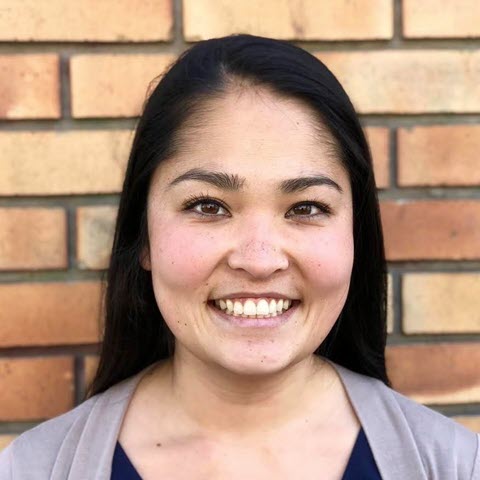In just one year, the average water utility loses millions of gallons of water due to leaky pipes and inaccurate meters. Neither the utility nor the environment can afford this kind of loss. One solution to both water scarcity and tight budgets is water loss control. Through analytics, education, and field services, we help utilities and agencies manage water loss by evaluating how much they’re losing and uncovering where they’re losing it. After all, you can’t fix a system if you don’t know what’s broken.
Our Water Loss Consulting team partners with national, state, and local water agencies to reduce water loss and optimize much-needed investments. Water loss control is a vital element of infrastructure maintenance and supply-stewardship programs. Because all utilities in a region might all benefit from water loss control efforts, the job is often easier when an entire region takes it on.
We’re pioneers when it comes to regional water loss control efforts. Our regional programs focus on learning opportunities, technical assistance, and cooperative research. Here’s some more information on what a regional water loss technical assistance program (TAP) is and how we have helped agencies tackle new regulations with our program.
A regional water loss TAP empowers agencies to tackle water loss together
Whether it’s to comply with water loss regulations, achieve cost-justified distribution efficiency, develop fluency in water loss analysis and management, or simply to be more sustainable, agencies in a region can unite to form a water loss control program. But what does a program like this entail? There are two primary components of a successful water loss program.
Collaborative workgroup meetings
Workgroup meetings are important to the program and serve as a forum for agencies to climb the daunting learning curve together. These meetings allow agencies to engage in peer-to-peer learning and sharing and to provide training and education on a variety of water loss topics. Some of the topics covered in a workgroup meeting include:
- Real loss component analysis
- District metered areas
- Advanced metering infrastructure (AMI)
- Customer meter testing
- Pressure management and pressure logging
- Leak detection
- Agency case studies
Workgroup meetings have allowed agencies to openly share and learn about the successful elements and key lessons learned from a variety of water loss projects. They also allow agencies to stay up to date on the latest regulations and innovations related to water loss.
One-on-one technical assistance
The other component of the water loss program is one-on-one technical assistance. Each agency has the opportunity to participate in a variety of services with our water loss consultants, customized to meet the unique needs of each agency. Also, because of the flexibility of a multiyear TAP, agencies can sign up for activities at a pace that fits their staff capacity and agency priorities. Some of the activities our consultants help with are:
- American Water Works Association (AWWA) Water Balance
- Component analysis (real loss and apparent loss)
- Leak detection
- Pressure surveys
- Detailed data analyses (high-frequency production, billing, high-frequency consumption, pressure, etc.)
- Production and customer meter testing
Taking advantage of the technical assistance component streamlines the contracting process. Often, regional agreements can replace the RFP process so signing up and executing tasks is easier for those who participate in the program.
Case study: Implementing a water loss TAP to support California Senate Bill 555
In October 2015, California passed Senate Bill 555, requiring all retail urban water suppliers to report on distribution efficiency annually. The legislation requires suppliers to delver all reports to the Department of Water Resources as Level 1–validated AWWA water audits. Bill 555 also directs the State Water Resources Control Board to create water loss performance standards after a few years of data have been collected. Many agencies had never compiled an AWWA water audit before, and California had never before pursued a concerted validation effort.
To address this gap, the state partnered with our team to:
- Teach best-practice water audit compilation and water loss control methodology to California utilities
- Standardize Level 1 water audit validation in California, in part through the publication of additional data validity grading guidance
- Validate all water audits (about 400 in total) against Level 1 standards before submission
- Make sure everyone successfully crossed the regulatory finish line
The water loss TAP set the stage for making water conservation a way of life in California. Now, the state can gather validated data on water loss from all retail urban water loss suppliers every year, laying the groundwork for justified investments in water loss control and improved supply and infrastructure management. We’re proud to have supported sustainability in California and are excited about the state’s water loss control future.
Tackling water loss can be intimidating. A regional program allows agencies to dip their toes in the water loss world without overcommitting. A water loss program provides agencies with a space to learn and grow together. And our team is always there to support and provide guidance along the way.


